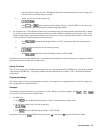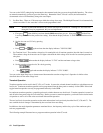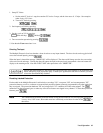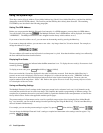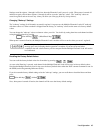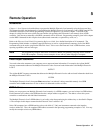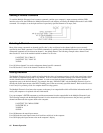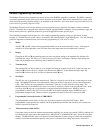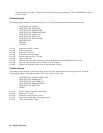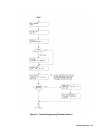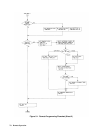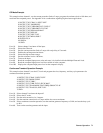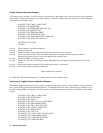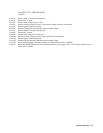
Remote Operation 67
Remote Programming Commands
The Multiple Electronic Load command set consists of more than 60 HPSL compatible commands. The HPSL commands
have many optional key words which can be used to document your programs. Most of the commands have a query syntax
which allows the present parameter settings to be read back to the controller. All of these details are given in the Electronic
Load Family Programming Reference Guide.
The Multiple Electronic Load’s major functions can be programmed using a relatively few number of these commands.
Figure 5-1 illustrates how to program these functions using the applicable HPSL commands. The programming ranges and
factory default values for a particular module are given in the applicable module-specific pages.
The remaining paragraphs in this chapter give a few simple programming examples to help you get started. In each
example, it is assumed that a dc power source is connected to the selected channel’s input binding posts. Also, the following
points are important to remember when you are remotely programming CC, CR, and CV values.
1. Modes
The CC, CR, and CV values can be programmed whether or not the associated mode is active. If the input is
turned on, all of the applicable values will take effect at the input when the associated mode is selected.
2. Ranges
Changing the CC or CR programming range can cause the present settings to be automatically adjusted to fit
within the new range. See Setting CC Values and Setting CR Values in Chapter 4. During a range change, the
input will go through a non-conducting state to minimize overshoots.
3. Transient levels
The transient CC or CV level must be set to a higher level than the respective main level. In the low range, the
transient CR level must be set to a higher level than the main CR level. In the middle and high ranges, the
transient CR level must be set to a lower level than the main CR level.
4. Slew Rates
The CC slew rate is programmed in amps/second. There are 12-steps for each of the two current ranges (low and
high). The Multiple Electronic Load automatically selects one of the 12 steps that is closest to the programmed
value. The CV slew rate is programmed in volts/second. There are 12-steps within the voltage range. The
Multiple Electronic Load automatically selects one of the 12 steps that is closest to the programmed value. In the
low range, the CR slew rate is programmed in volts/second instead of ohms/second. Whatever value is
programmed for the CV slew rate is also used for CR. In the middle and high ranges, the CR slew rate is
programmed in amps/second. Whatever value is programmed for the CC slew rate is also used for CR.
5. Programmable Current Protection (CURR:PROT)
The programmable current limit is in effect for any mode of operation (not just the CC mode). When
programmable current protection is enabled, and the programmed current limit and time delay are exceeded, the
module’s input will be turned off.
6. Measurement Overload (OVLD)
If the input voltage exceeds the maximum measurement capability of a module, an overload (OVLD) condition will
be indicated in the return values that resulted from a MEAS:VOLT? or MEAS:POW? query sent to the associated
channel. The MEAS:POW? query will return an overload indication if either voltage or current has exceeded the
module’s maximum measurement capability since power is calculated from voltage and current. Overload is



